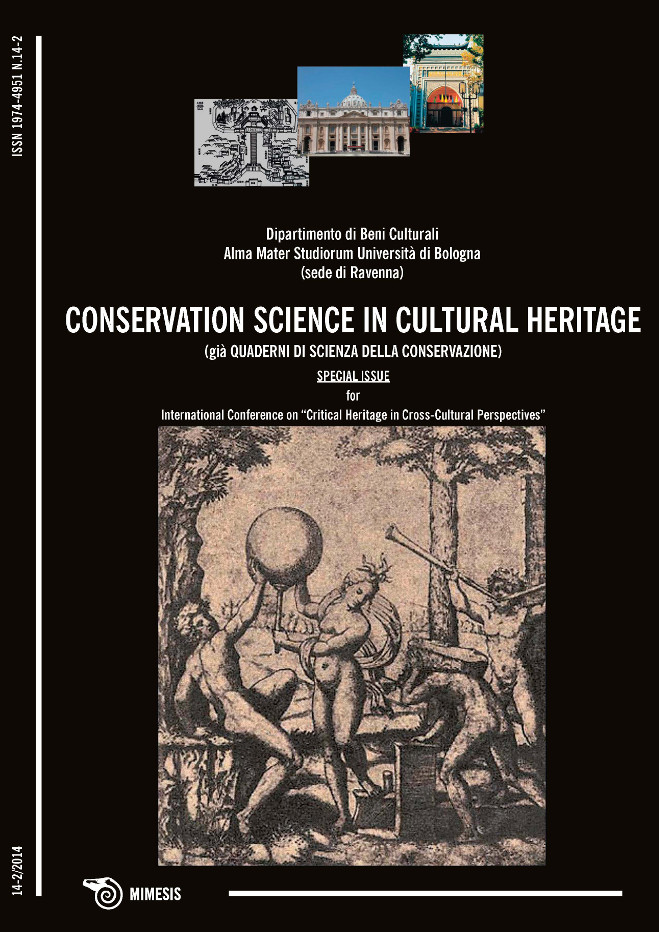The Role of Museums in Recovery From Disaster: The Great East Japan Earthquake and Tsunami
DOI:
https://doi.org/10.6092/issn.1973-9494/5449Keywords:
Grand Kagura, sacred music and dance, memories of disasterAbstract
The National Museum of Ethnology (Minpaku) was founded in 1974 as an Inter-University Research Institute housing a museum and graduate school. A museum is more than a place to store intangible and tangible heritage. Along with its responsibility for conserving and passing on cultural materials, it also creates new culture. On March 11, 2011, Japan was struck by an earthquake and tsunami of unprecedented proportions. From one month after the disaster, conservation experts from Minpaku participated in the rescue of tangible cultural resources for the period of eight months. At the same time, our disaster response team worked with village residents in damaged localities, assisting their efforts to replace costumes and ornaments for traditional performing arts that had been washed out to sea, or to repair damaged lion heads, to aid in reviving traditional performing arts. We had thought that, in the process of revival and recovery, the re-launch of festivals and traditional performing arts would come later than the construction of the homes and livelihoods of the local people. In one case, Minpaku, based on its research, was able to provide deer antlers for the headdresses needed to revive the deer dance, an intangible cultural heritage of a village in Iwate Prefecture. Village elders worked the antlers we donated, restored the costumes, and within a year were able to produce ten full sets of costumes. Subsequently, the deer dance was performed in village after village to calm the spirits of the dead, ward off evil spirits, and restore the confidence of people afflicted by the disaster. In this way, a traditional performing art contributed to the revival and rebuilding of the affected communities. In another village the repair and restoration of stone lions’ heads and providing aid for refugees from the disaster were further other examples of organized activity carried out in connection with the traditional performing arts. In sum, our experience in the wake of the Great East Japan Earthquake demonstrates that a museum’s efforts to revive and restore traditional performing arts can do more than sustain folk arts. It can also play a vital role in rebuilding the spirits of communities and localities affected by disasters.Downloads
Published
2014-12-30
How to Cite
Ken‘ichi, S. (2014). The Role of Museums in Recovery From Disaster: The Great East Japan Earthquake and Tsunami. Conservation Science in Cultural Heritage, 14(2), 151–154. https://doi.org/10.6092/issn.1973-9494/5449
Issue
Section
Articles
License
Copyright (c) 2014 Sudo Ken‘ichi
Copyrights and publishing rights of all the texts on this journal belong to the respective authors without restrictions. Authors grant the journal right of first publication.
This journal is licensed under a Creative Commons Attribution 4.0 International License (full legal code).
See also our Open Access Policy.






